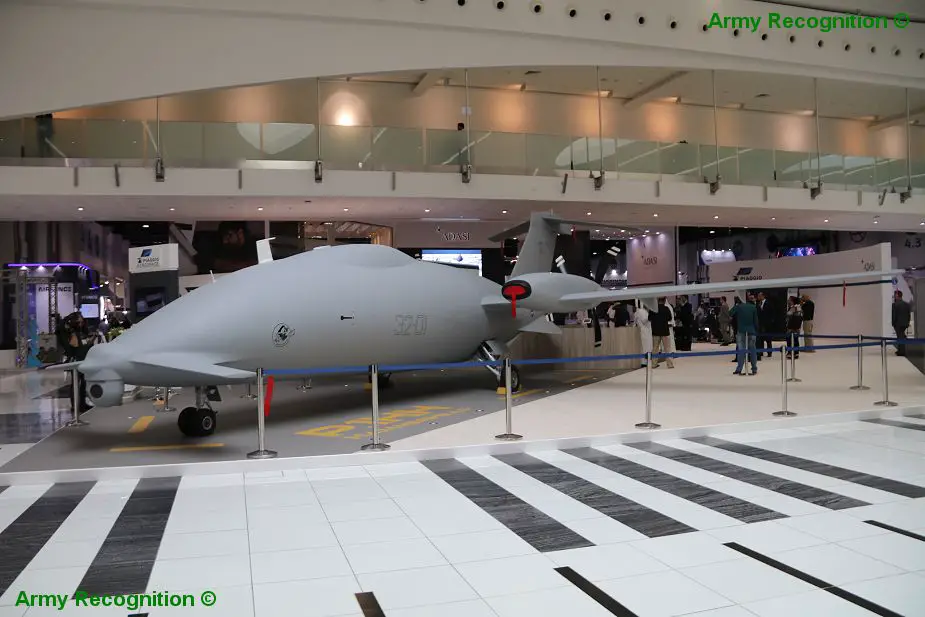Underwater gliders, propeller-driven submersibles, and other marine robots are increasingly being tasked with gathering information (e.g., in environmental monitoring, offshore inspection, and coastal surveillance scenarios). However, in most of these scenarios, human operators must carefully plan the mission to ensure completion of the task. Strict human oversight not only makes such deployments expensive and time consuming but also makes some tasks impossible due to the requirement for heavy cognitive loads or reliable communication between the operator and the vehicle.
We can mitigate these limitations by making the robotic information gatherers semi-autonomous, where the human provides high-level input to the system and the vehicle fills in the details on how to execute the plan. These capabilities increase the tolerance for operator neglect, reduce deployment cost, and open up new domains for information gathering. In this talk, I will show how a general framework that unifies information theoretic optimization and physical motion planning makes semi-autonomous information gathering feasible in marine environments. I will leverage techniques from stochastic motion planning, adaptive decision making, and deep learning to provide scalable solutions in a diverse set of applications such as underwater inspection, ocean search, and ecological monitoring.
The techniques discussed here make it possible for autonomous marine robots to “go where no one has gone before,” allowing for information gathering in environments previously outside the reach of human divers.


